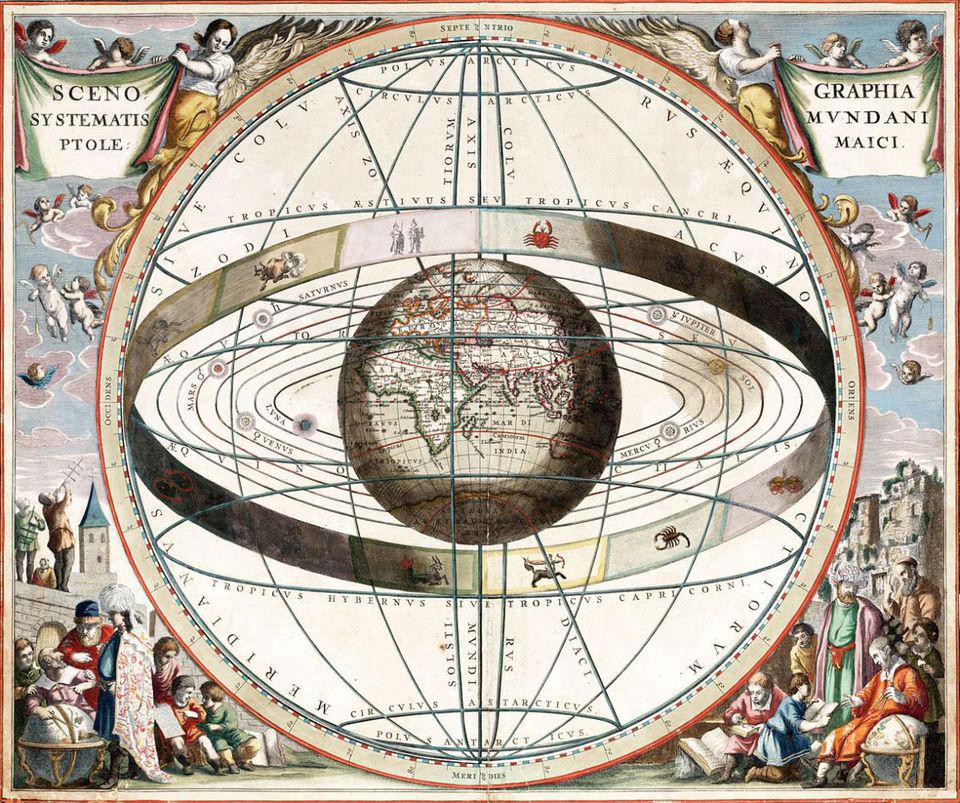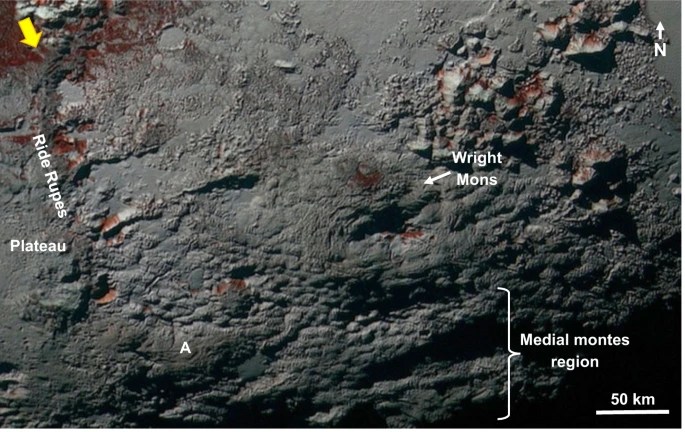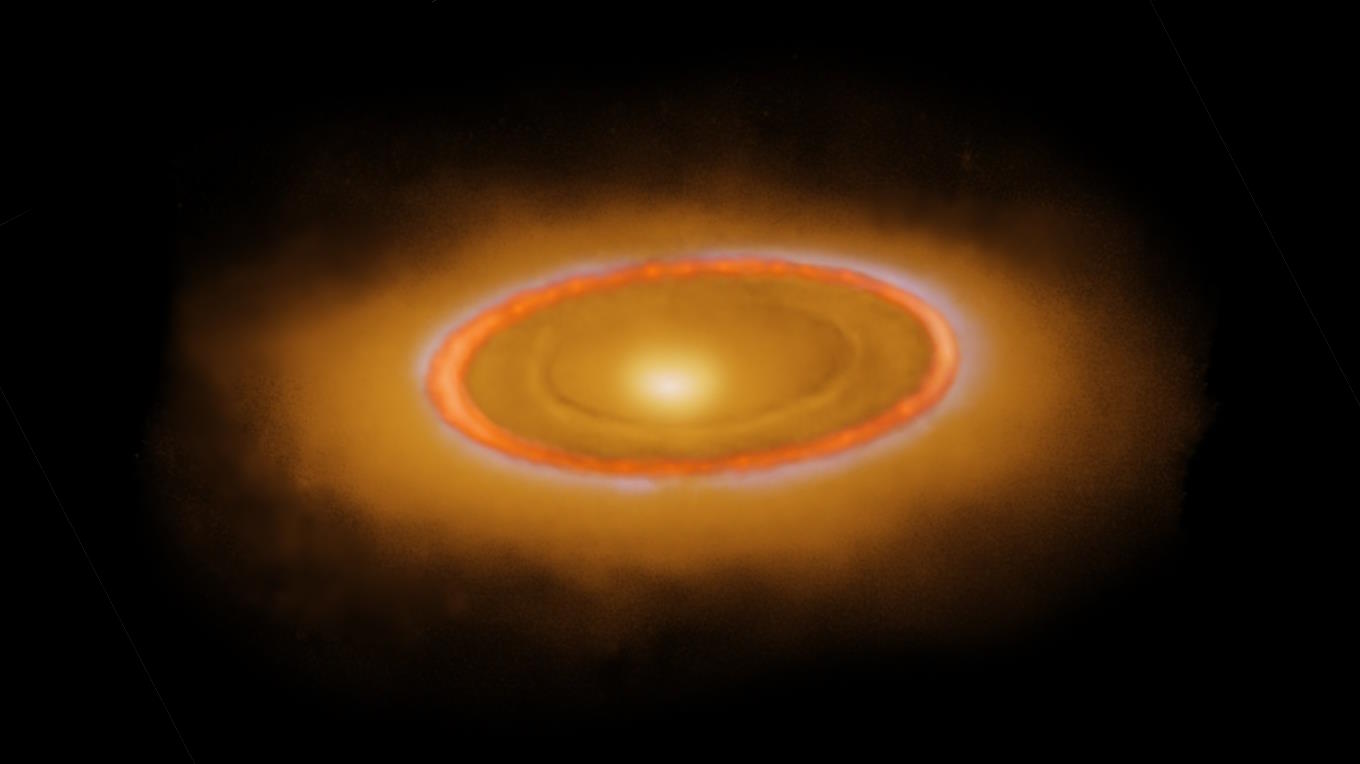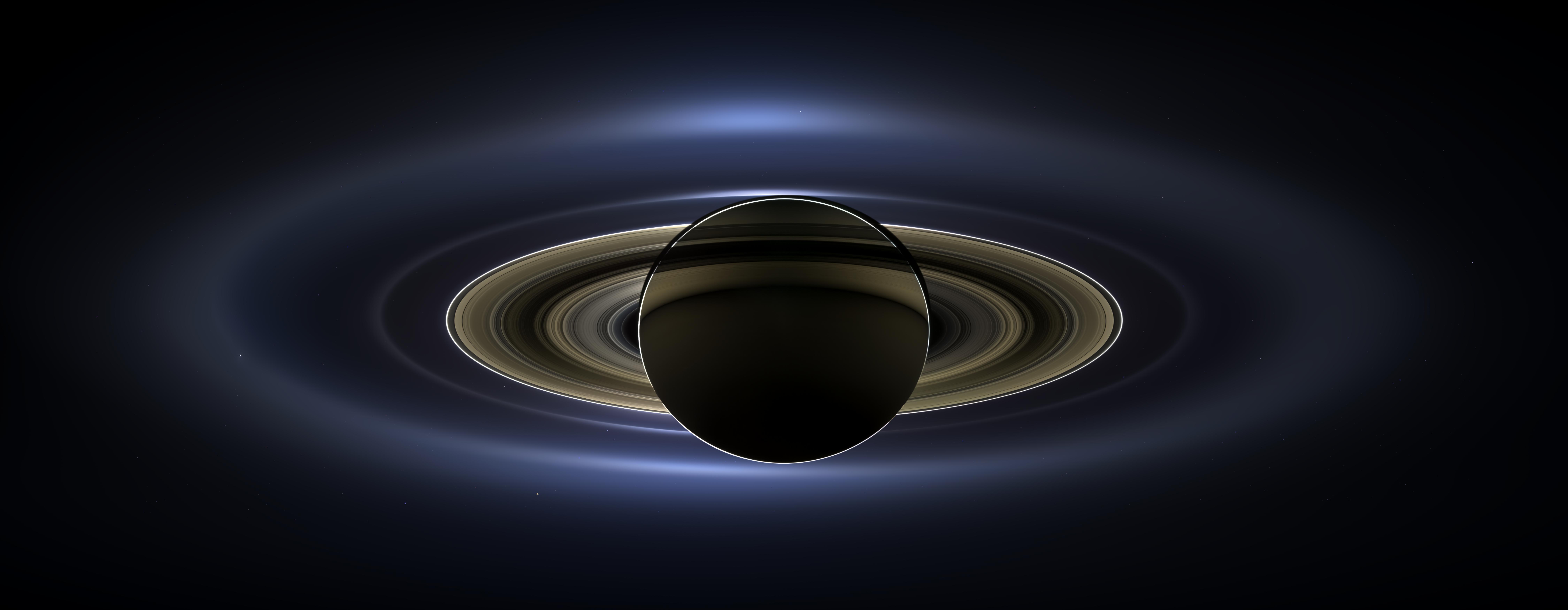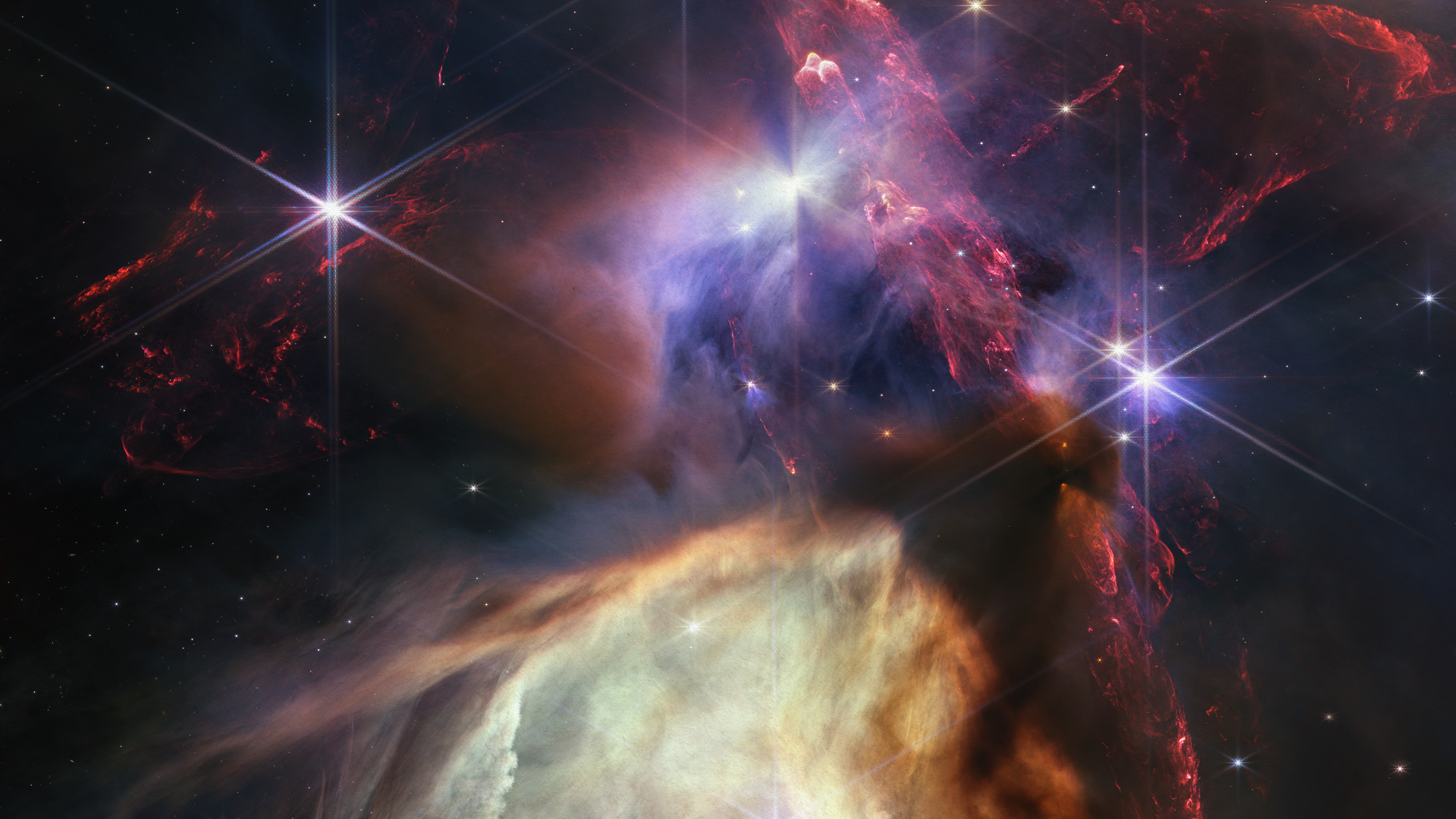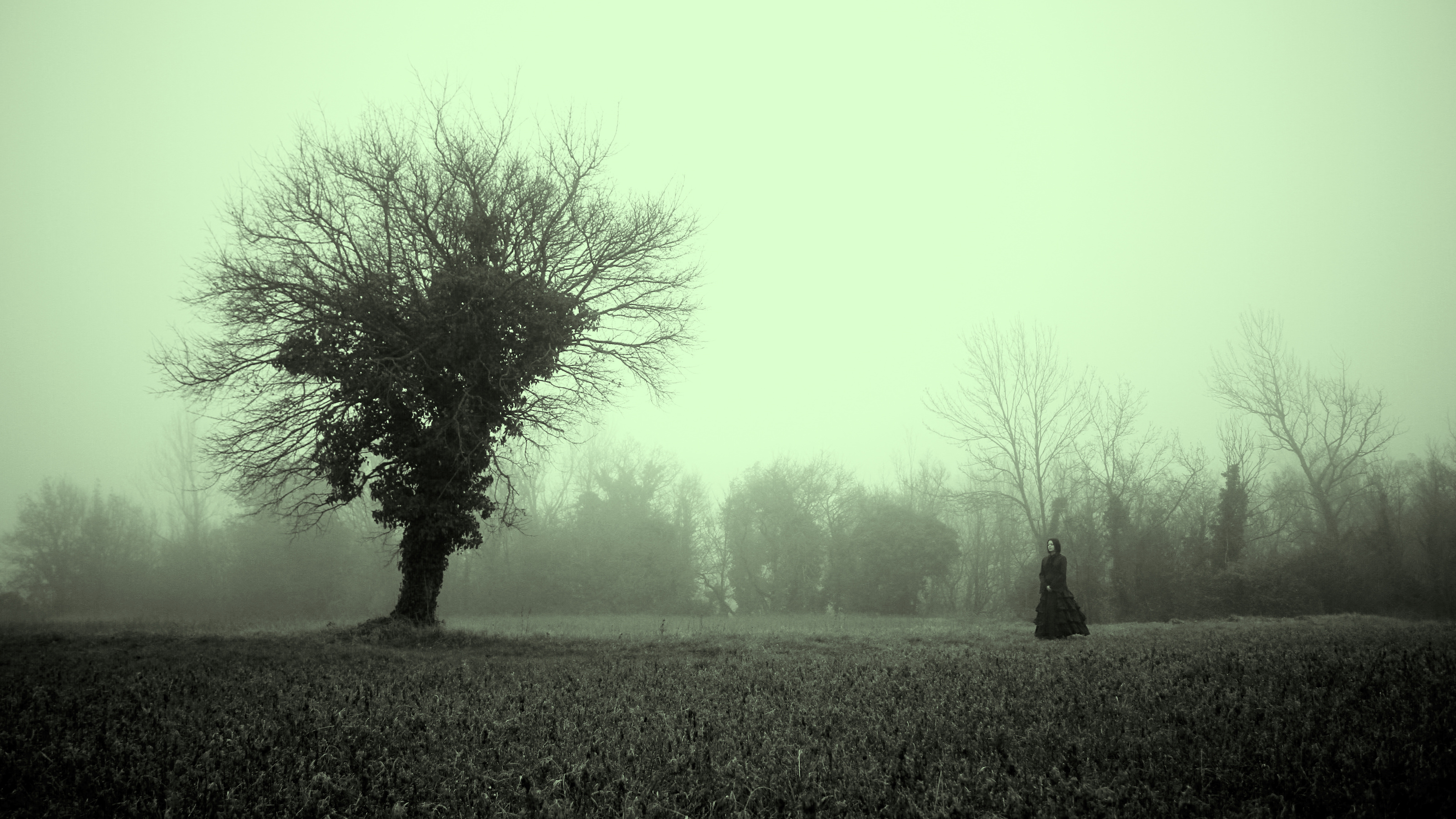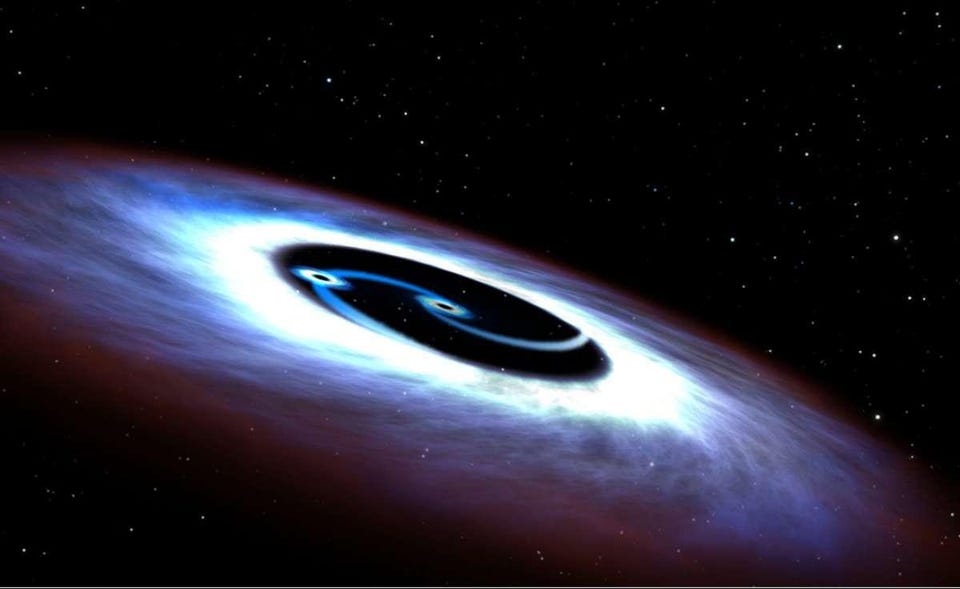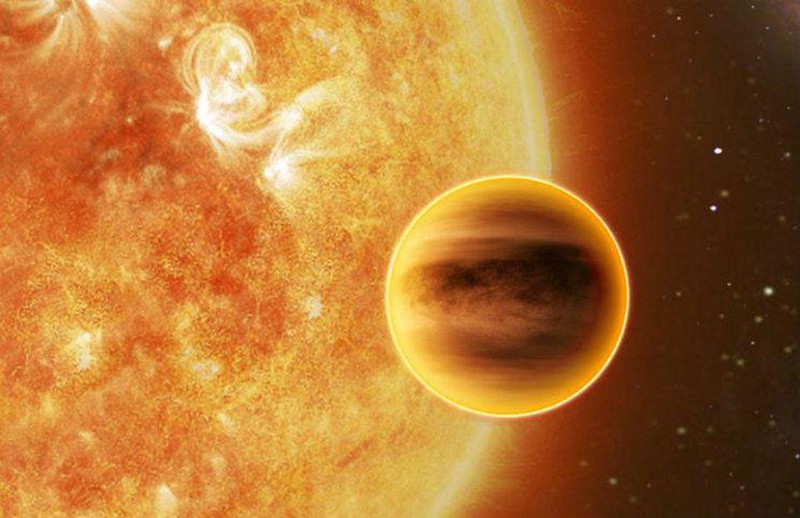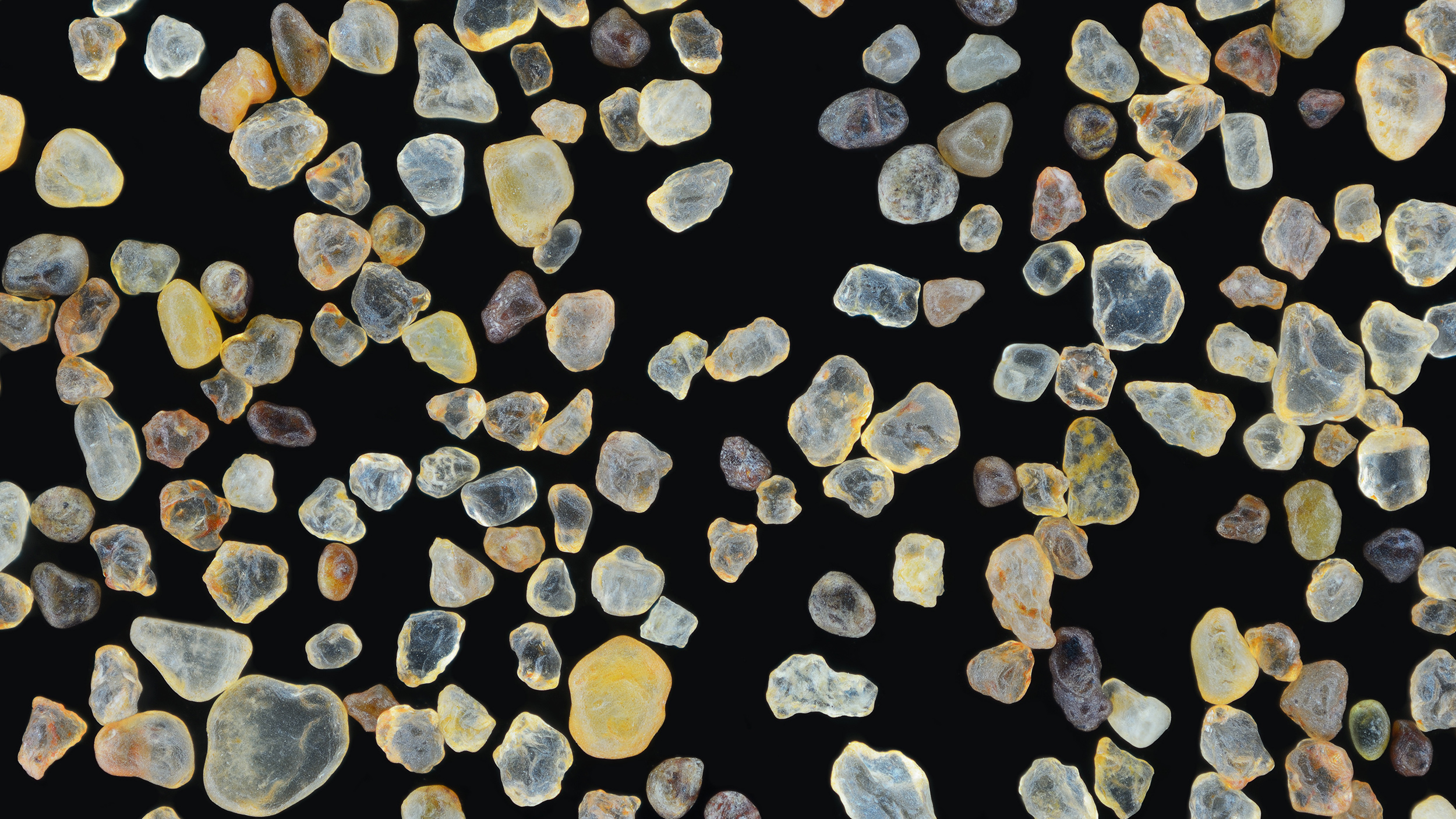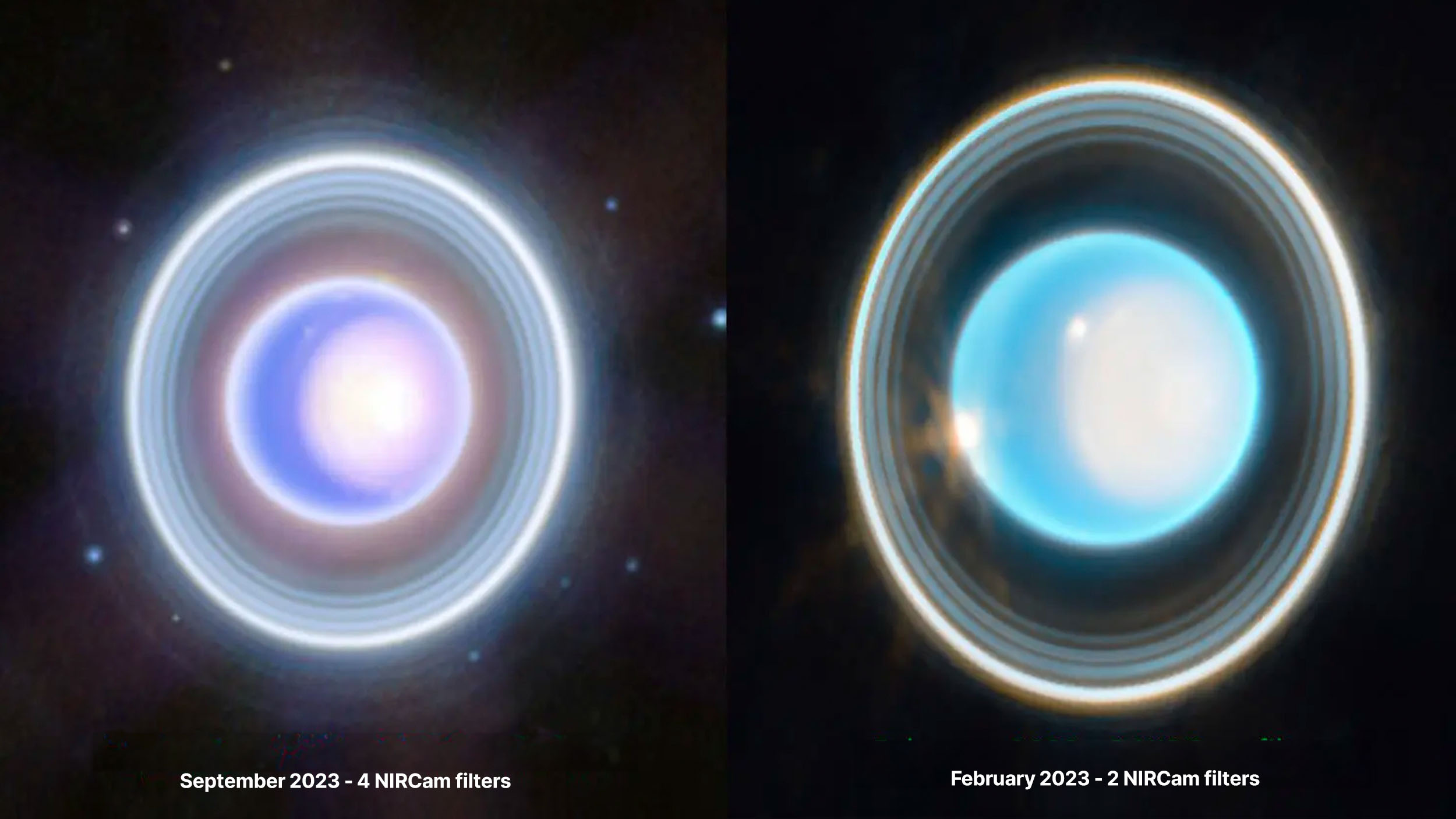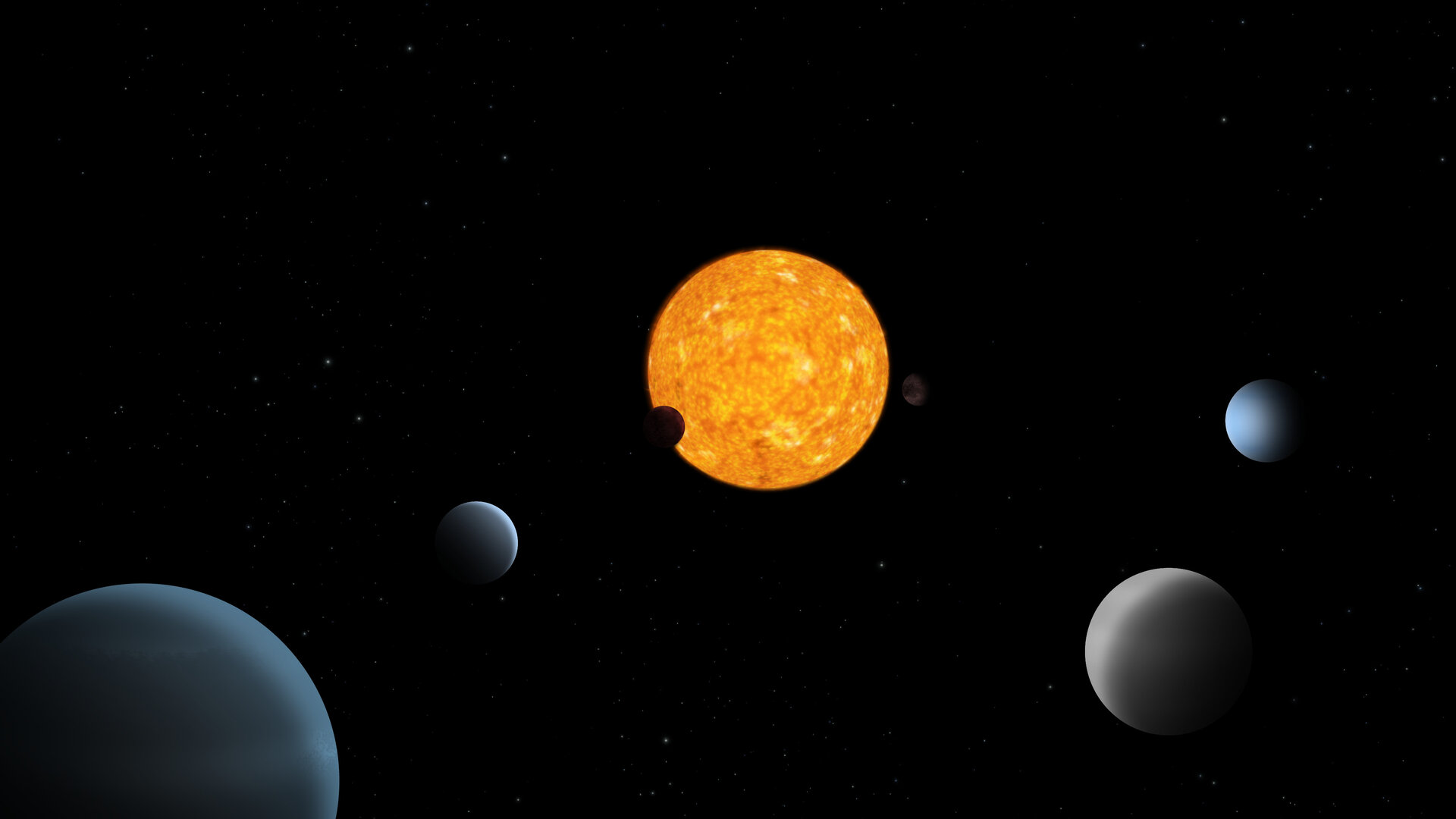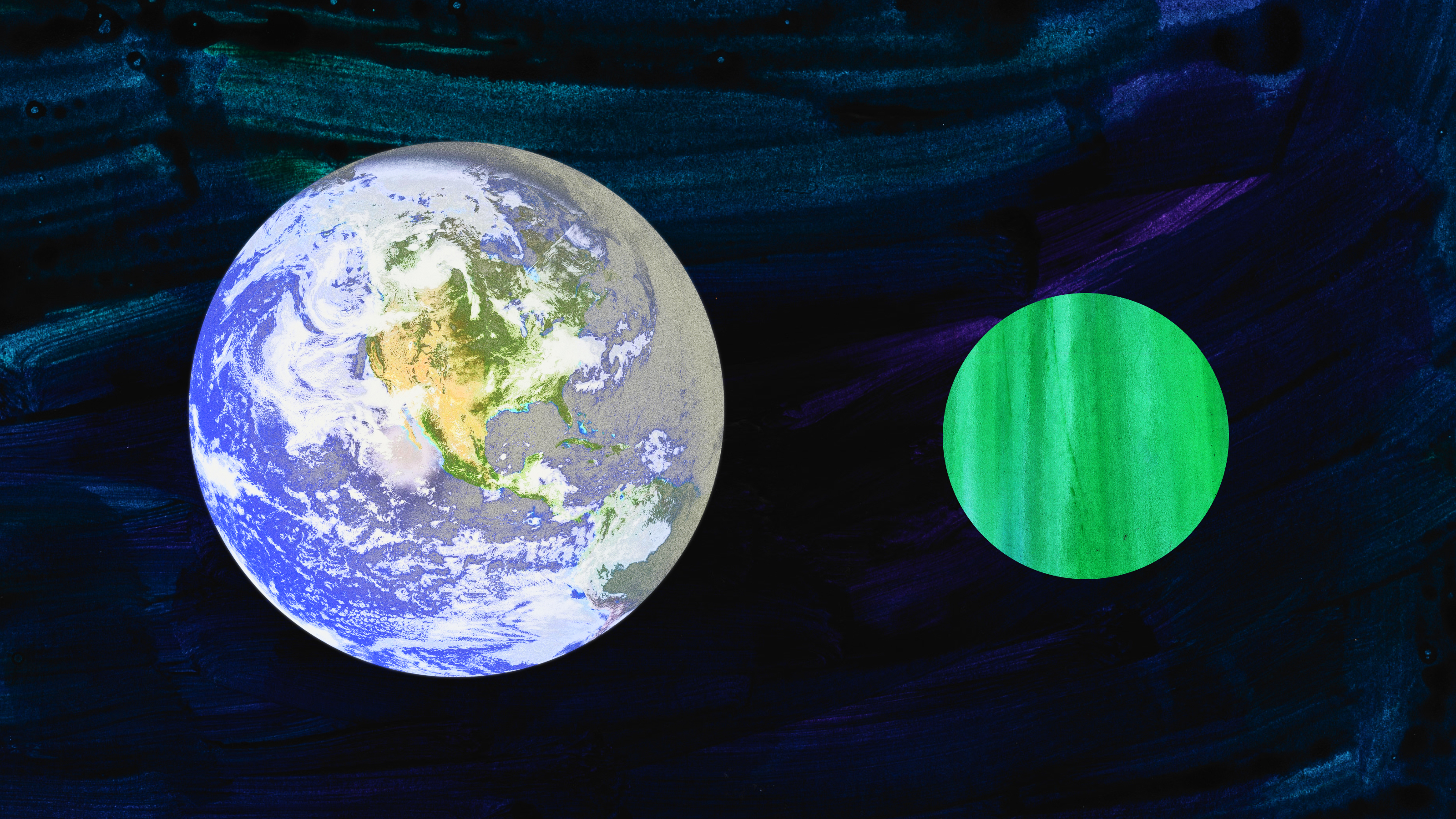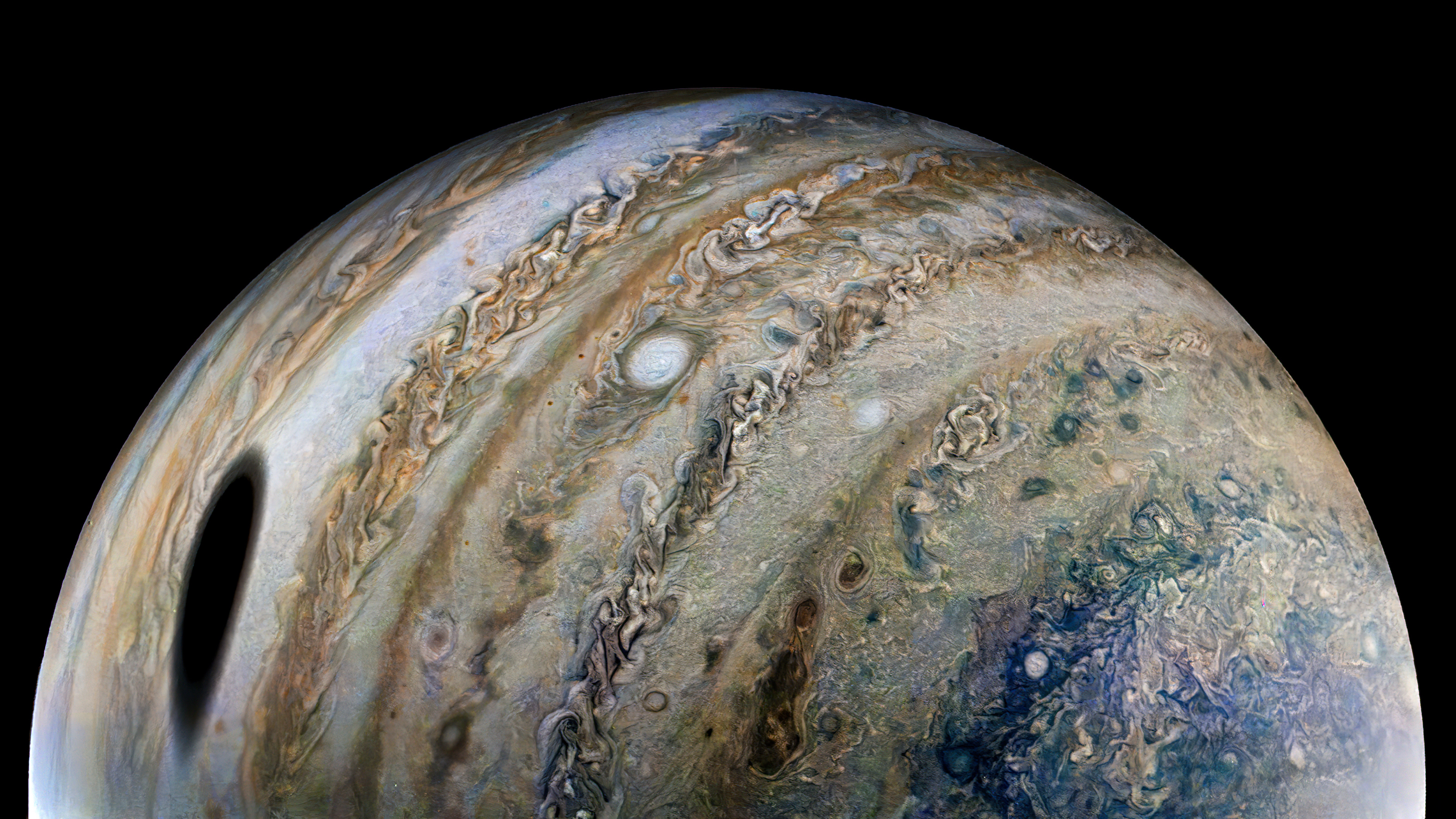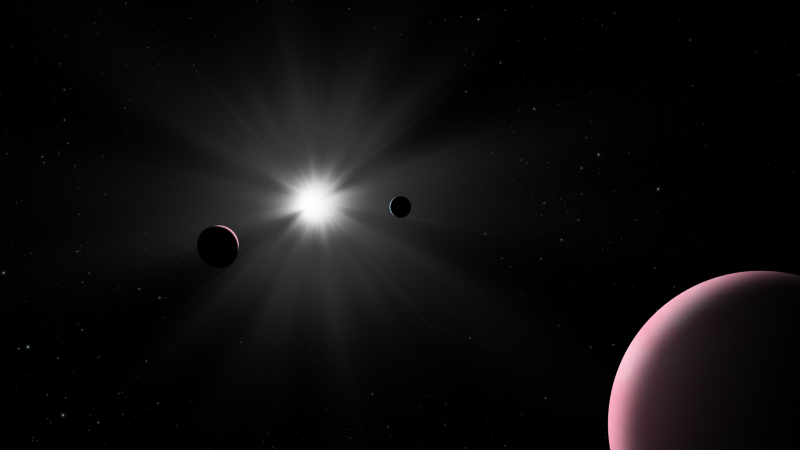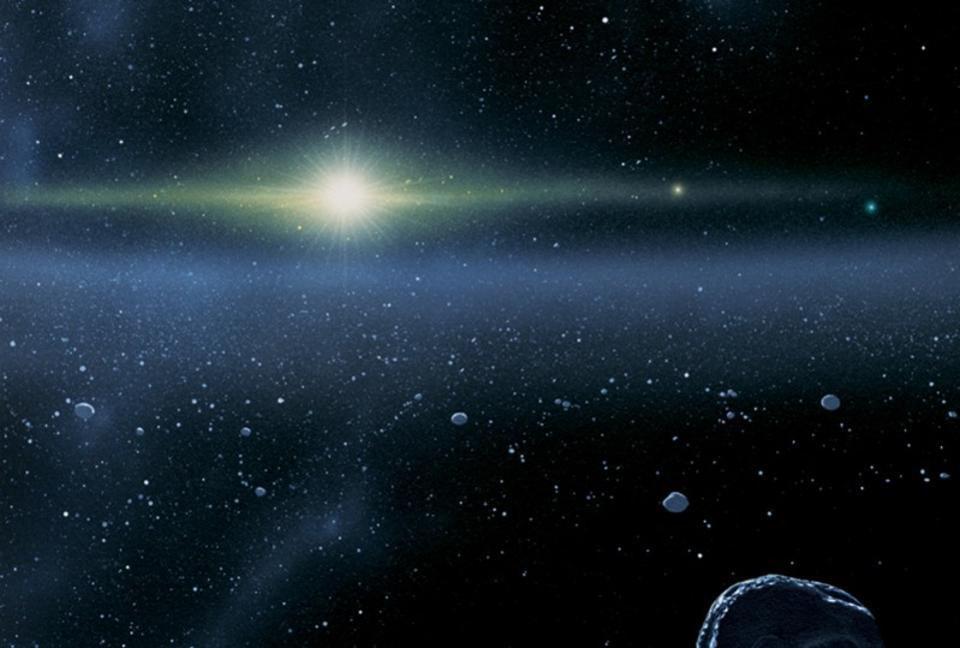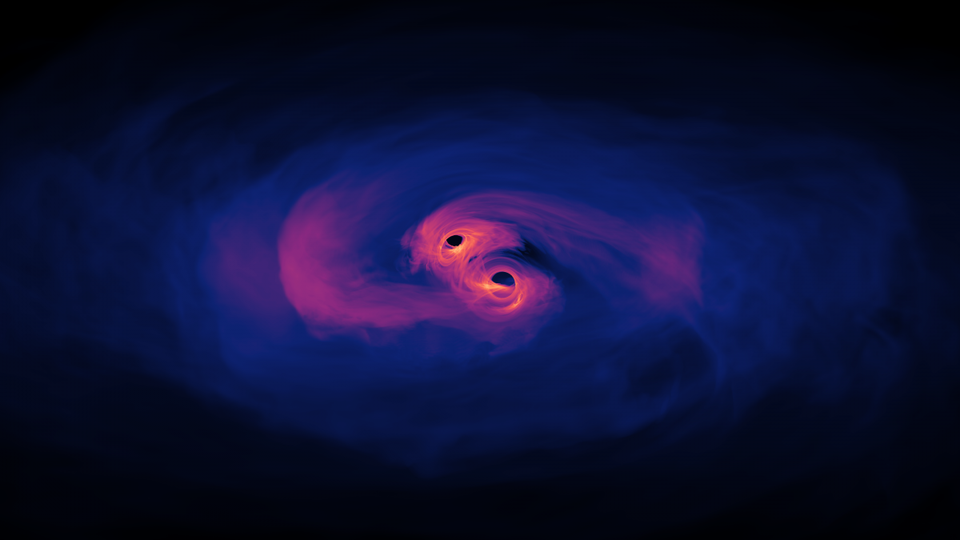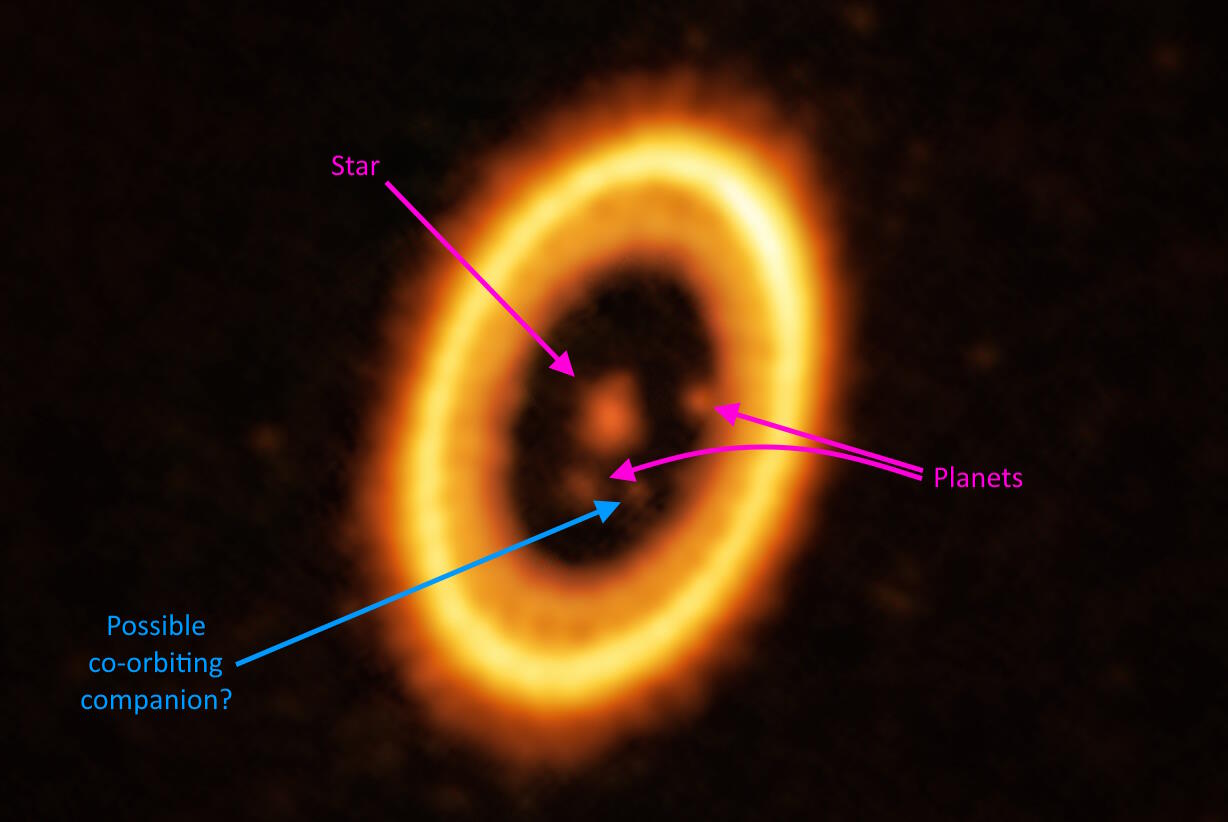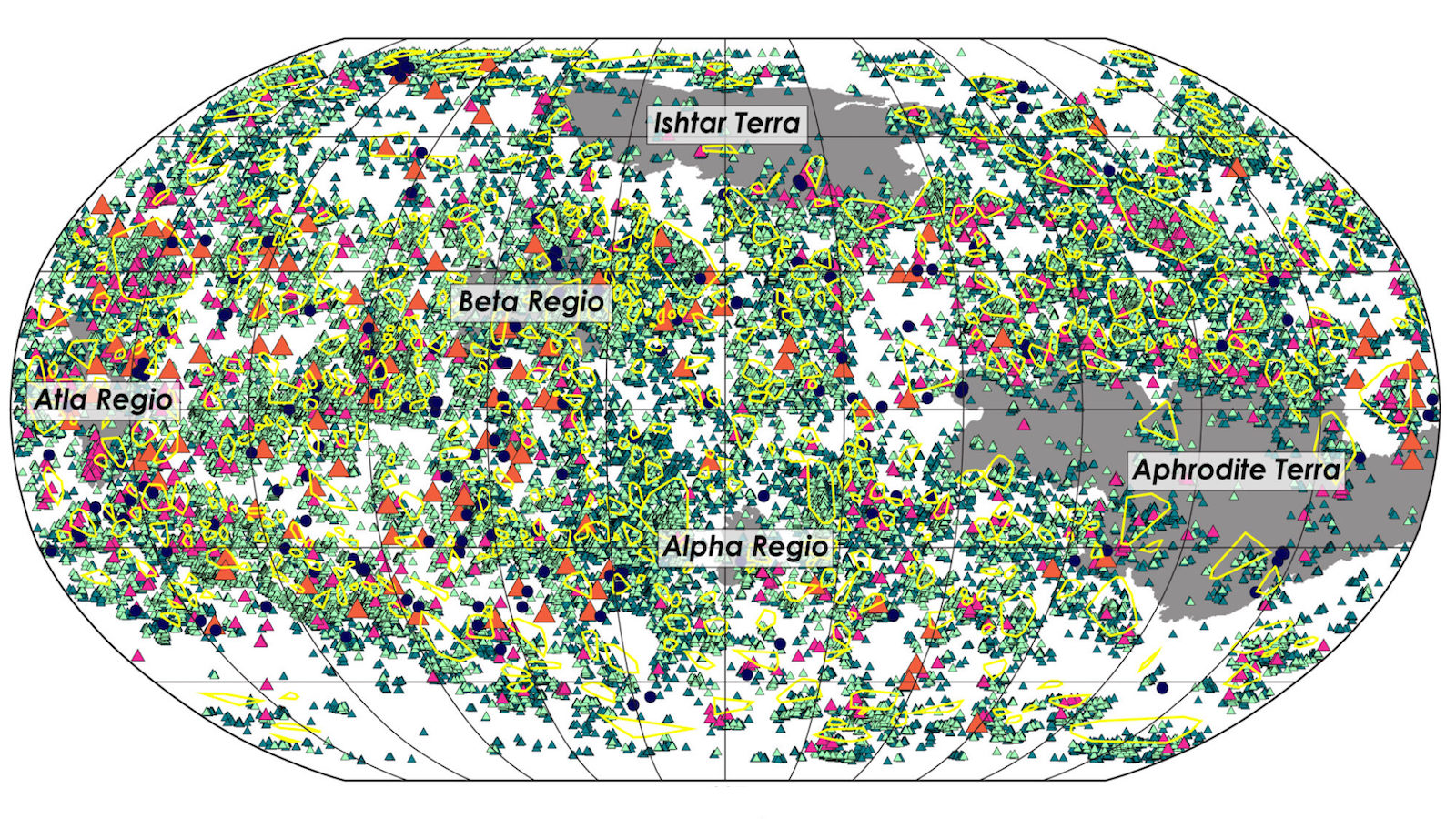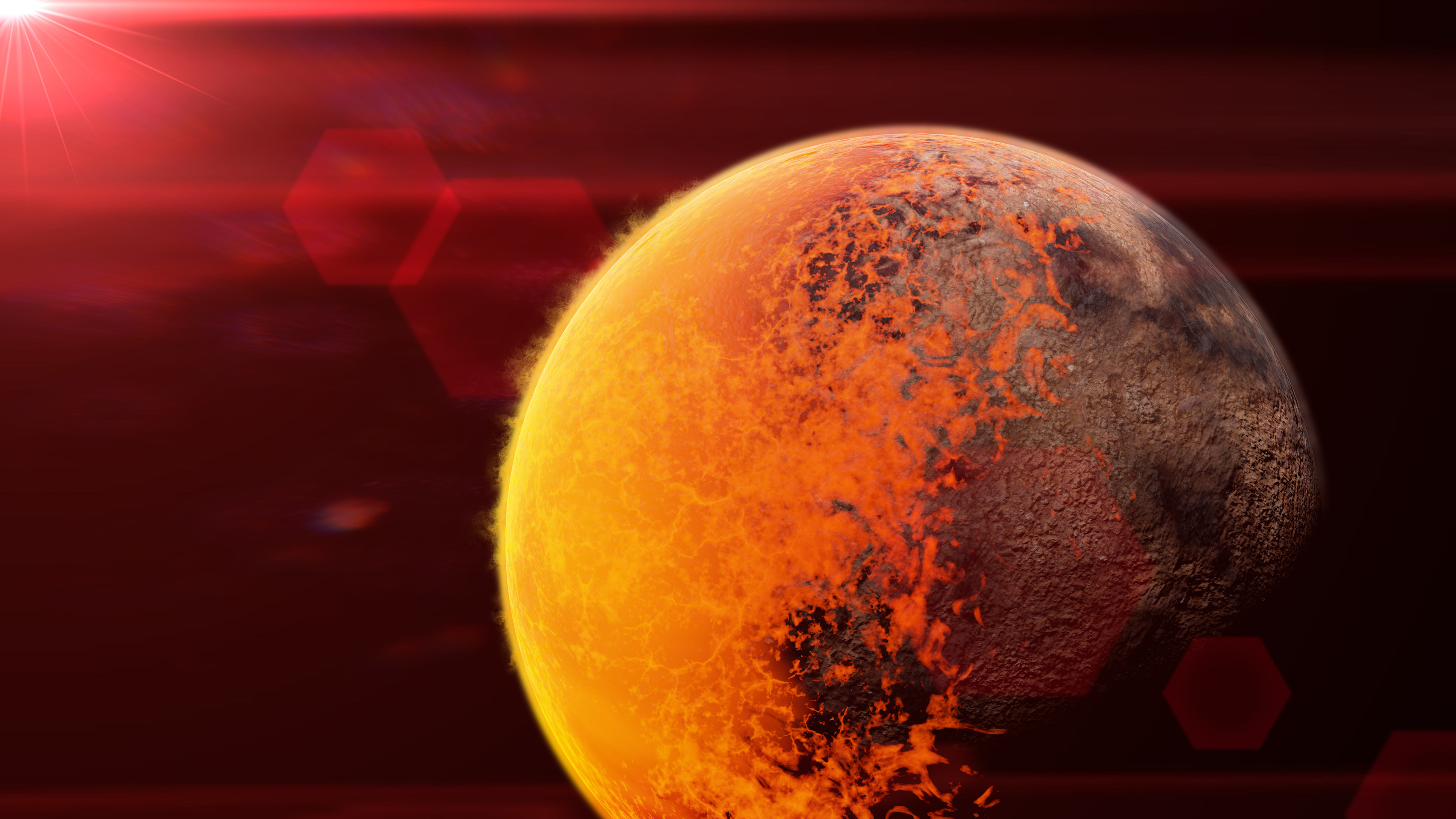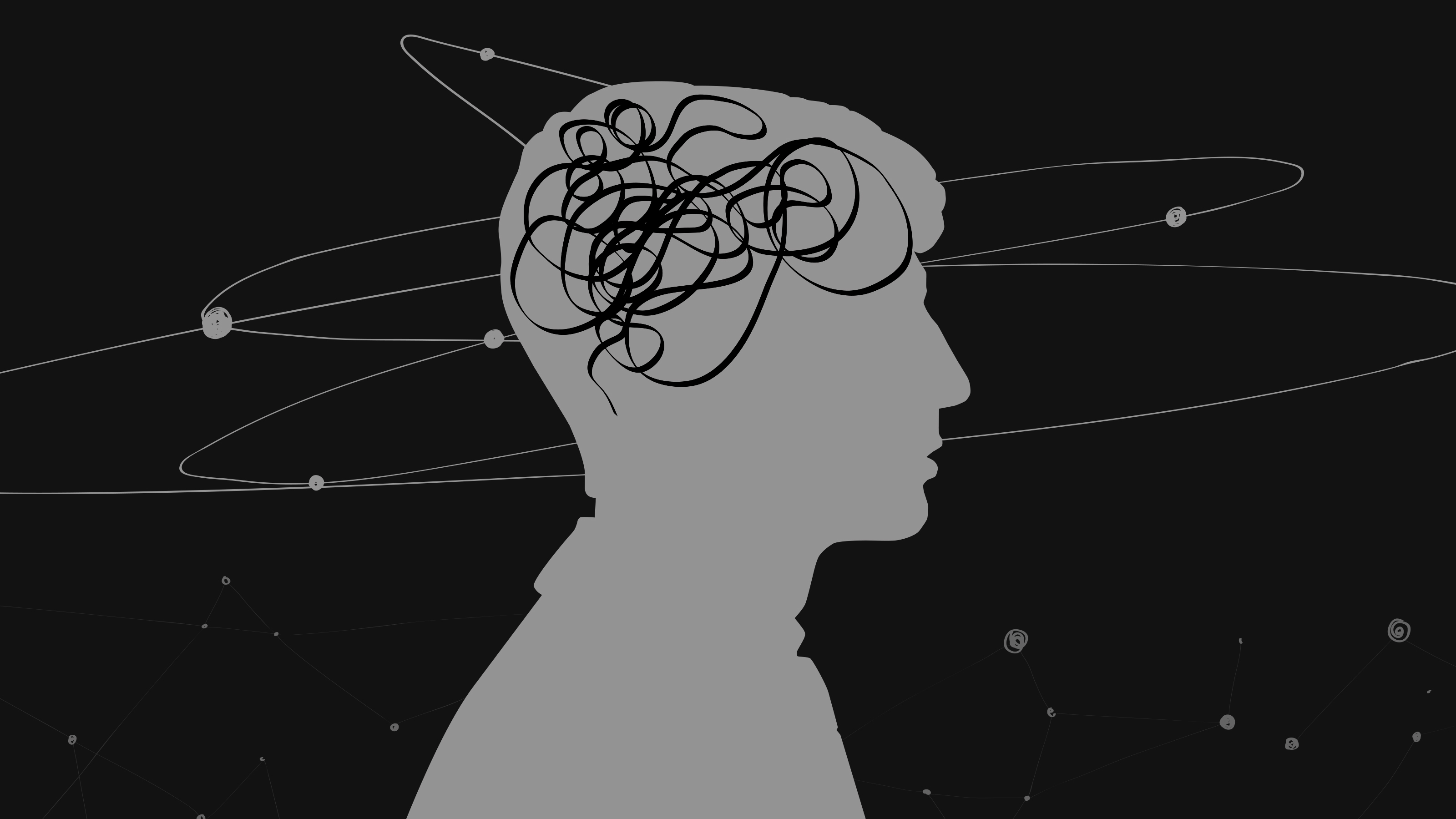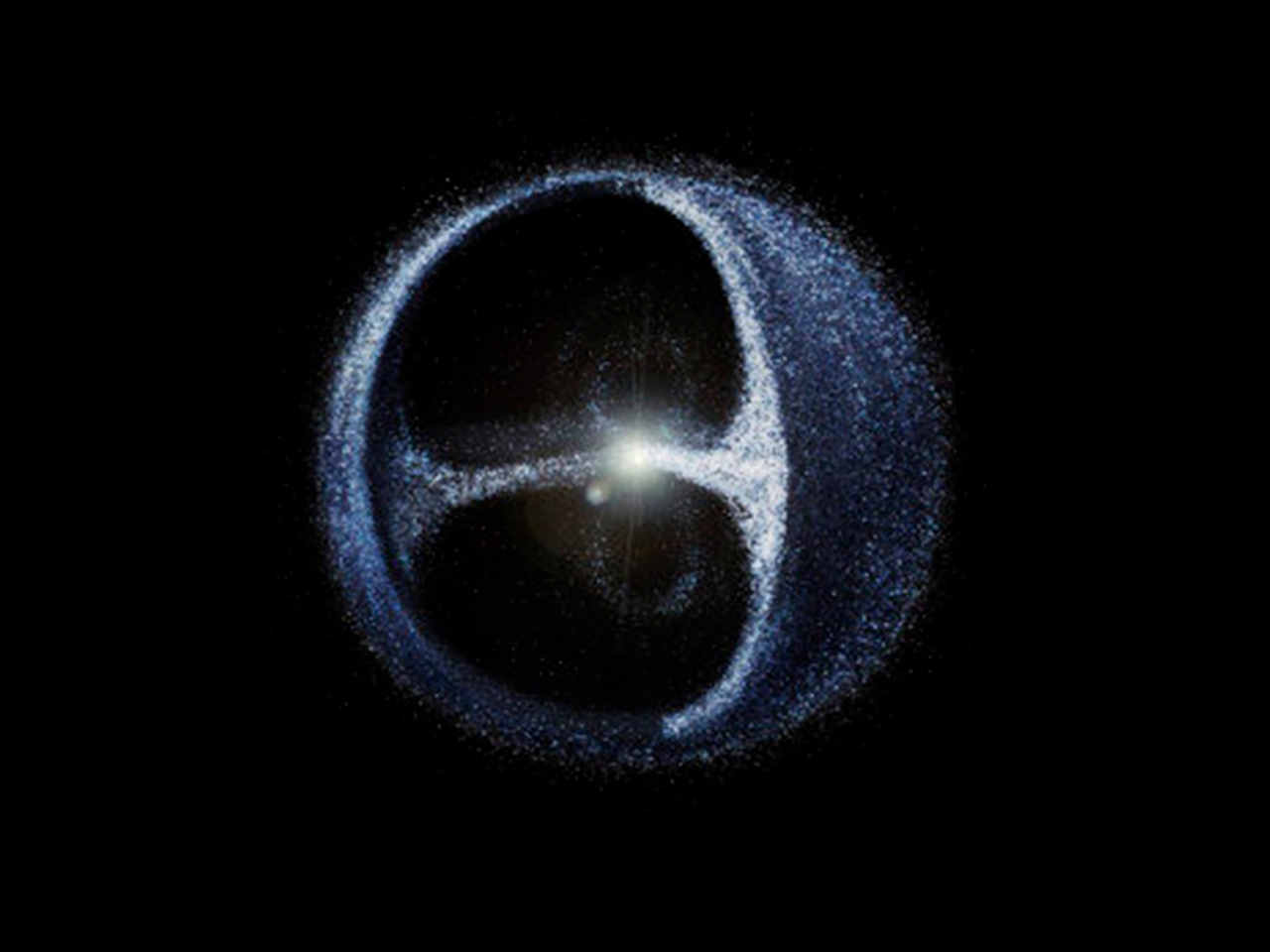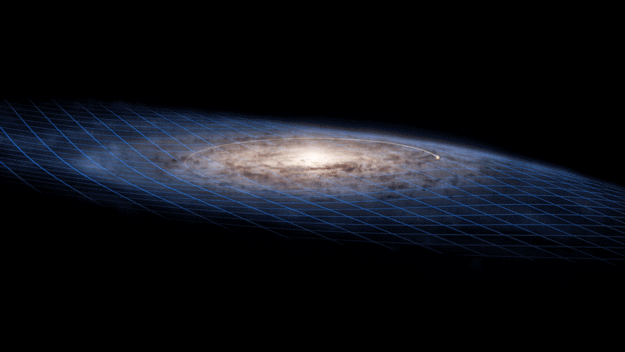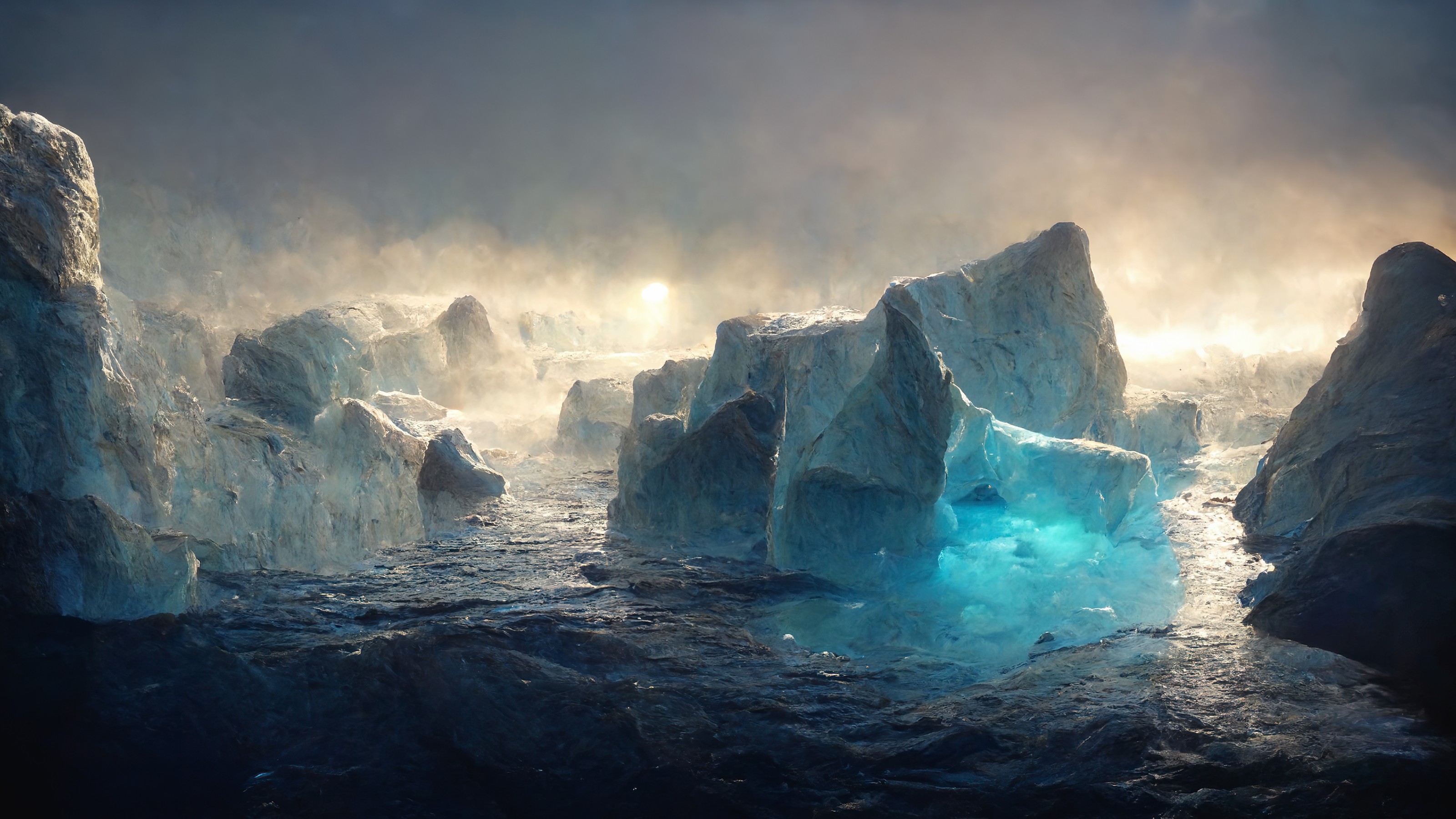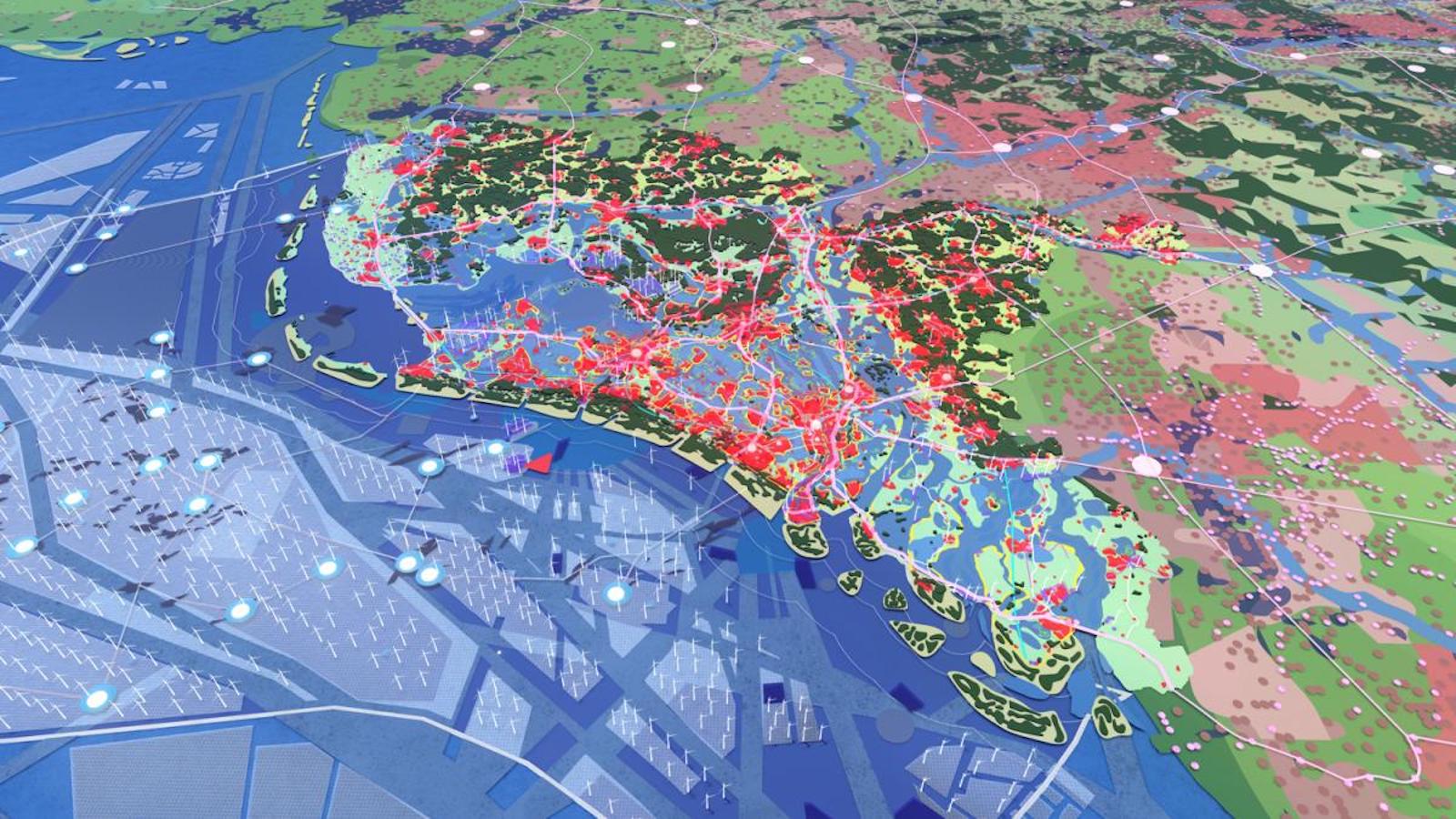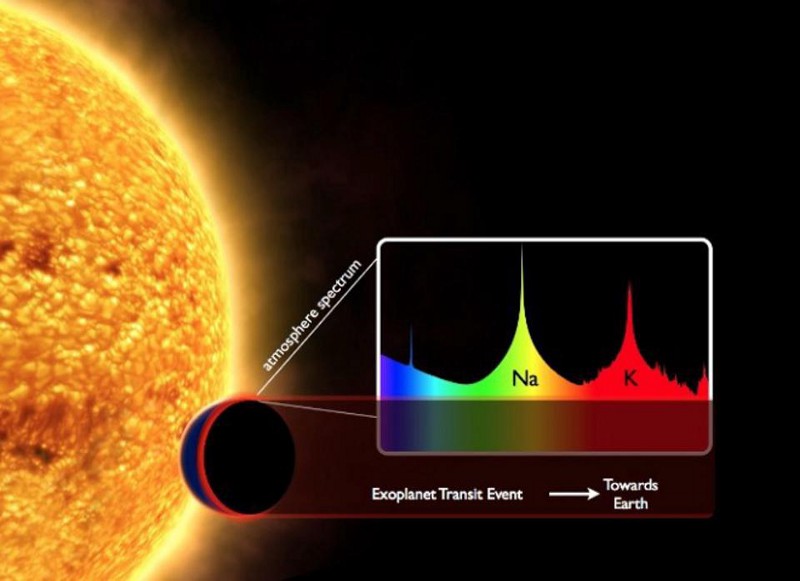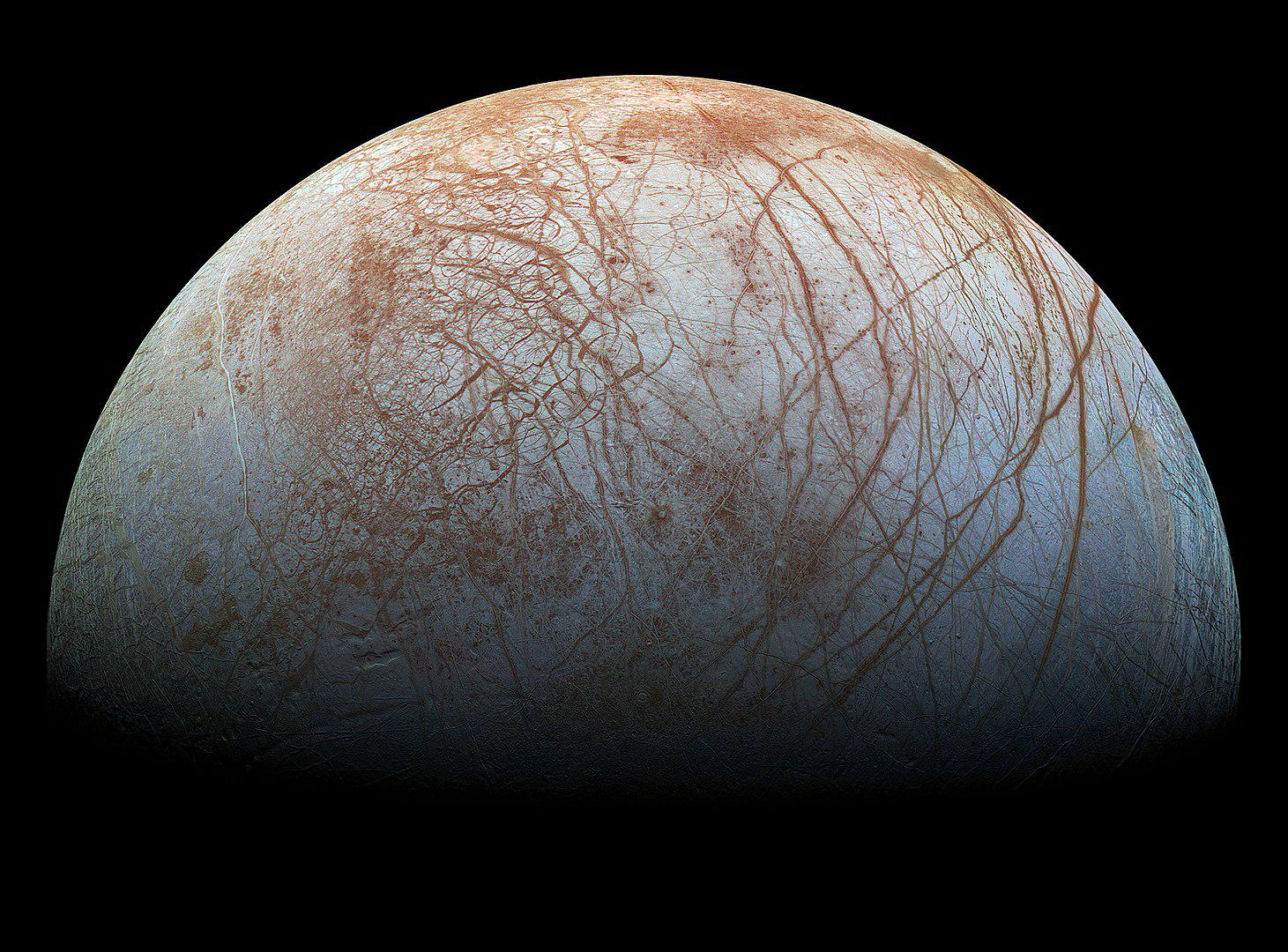No planet enters retrograde more frequently than Mercury, which does so 3-4 times each year. Here’s the scientific explanation for why.
Search Results
You searched for: Neptune
We have long thought that Pluto was completely frozen solid, but the discovery of cryovolcanoes challenges that assumption.
The nearby, bright star Fomalhaut had the first optically imaged planetary candidate. Using JWST’s eyes, astronomers found so much more.
The secret ingredient is violence, and it just might indicate that “moonmoons” aren’t as uncommon as most astronomers think.
The space telescope’s findings challenge the notion of a galaxy brimming with life.
If something exists, it is by definition natural.
Binary black holes eventually inspiral and merge. That’s why the OJ 287 system is destined for the most energetic event in history.
Neptune holds records in our Solar System, but the Universe gets even faster. Here on Earth, extreme weather events can cause dramatic wind speed spikes. When hurricanes are at their most […]
The cosmic scales governing the Universe are almost unbelievably large. What if we shrunk the Sun down to be just a grain of sand?
As Uranus approaches its solstice, its polar caps, rings, and moons come into their best focus ever under JWST’s watchful eye. See it now!
In 1990, we only knew of the planets in our own Solar System. Today, the exoplanet count is more than 5000. Here’s what we’ve learned.
“Superhabitable” planets might be real, but Earth is probably as good as it gets.
The classic picture of Jupiter’s great rocky core might be entirely wrong.
Planets are either rocky, like Earth, or gas-rich, like Neptune, with no in-between. What are the different types of planets that exist in the Universe? If all you could see […]
In the largest star-forming region close to Earth, JWST found hundreds of planetary-mass objects. How do these free-floating planets form?
In 2006, Pluto was demoted in a very controversial decision. Unless you ignore nearly all of planetary science, it’ll never be one again.
Newton thought that gravitation would happen instantly, propagating at infinite speeds. Einstein showed otherwise; gravity isn’t instant.
The giant impact theory suggests our Moon was formed from proto-Earth getting a Mars-sized strike. An exoplanet system shows it’s plausible.
Like Mars today, Venus used to be a sci-fi superstar. Recent discoveries could re-ignite our interest in Earth’s “evil twin.”
Even the dictionary doesn’t get the definition right.
The stars, planets, and many moons are extremely round. Why don’t they take other shapes?
Our Solar System’s outer reaches, and what’s in them, was predicted long before the first Oort Cloud object was ever discovered.
Red dwarf stars were supposed to be inhospitable. But TOI-700, now with at least two potentially habitable worlds, is quite the exception.
The Universe begins with negligible amounts of angular momentum, which is always conserved. So why do planets, stars, and galaxies all spin?
Some microbes can withstand Earth’s most inhospitable corners, hinting that life may be able to survive similarly extreme conditions on other worlds.
With sea levels rising, the Dutch are pondering floating cities — while also exporting their engineering know-how to turn a tidy profit.
Whether they’re gas giants or rocky planets makes all the difference for life. Over the past 30 years, we went from not knowing if there were planets like ours around other […]
Water is vital for life. Luckily for spacefaring humans, the solar system is full of it.
Can two planets stably share the same orbit? Conventional wisdom says no, but a look at Saturn’s moons might tell a different story.
